Carl Verheyen on unlocking the fretboard
The US session maestro reflects
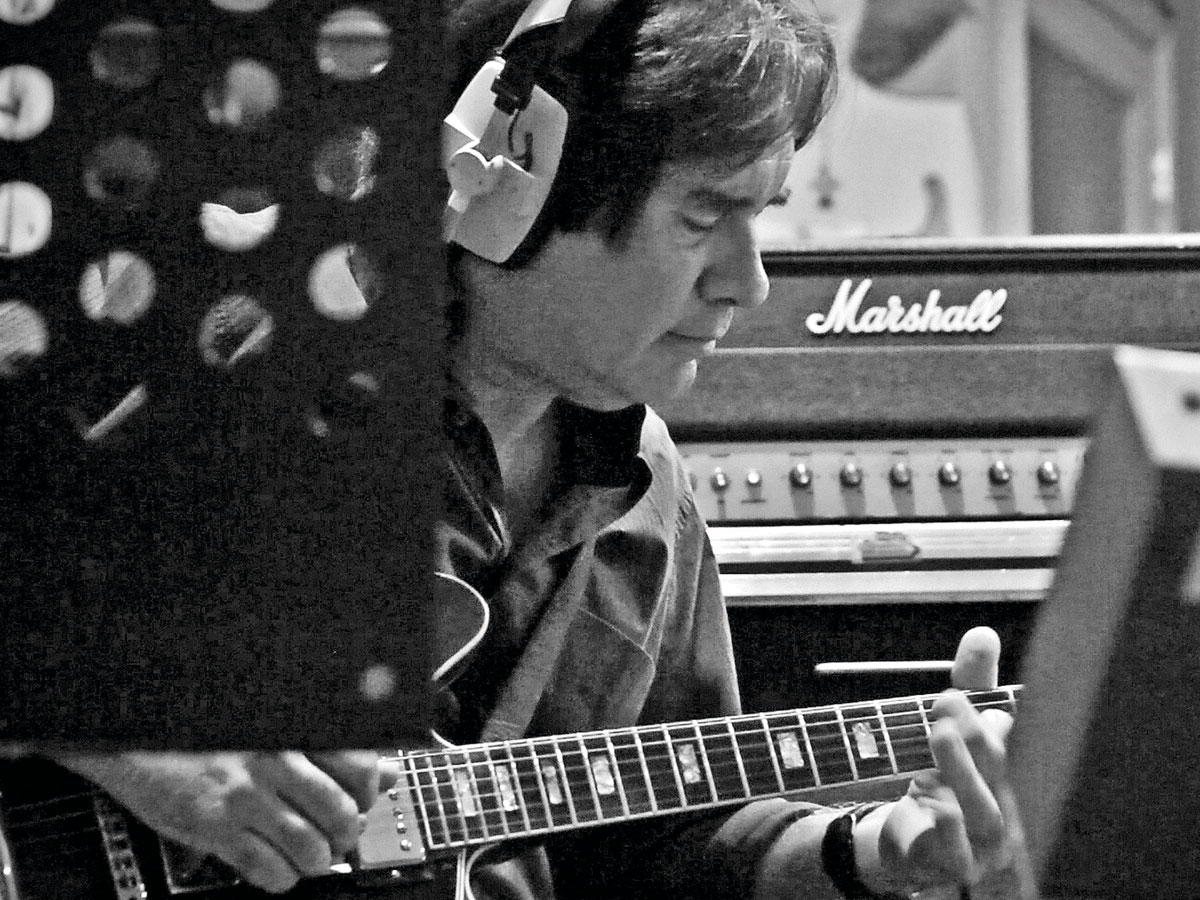
Introduction
Carl Verheyen is a US session ace and solo artist who just happens to be one of the most formidably expressive guitarists out there. He’s forgotten more than most of us will ever know about playing richly melodic solos, improvising with complete freedom over songs of any style. We tracked him down and persuaded him to give up a few of his secrets...
Carl Verheyen’s latest album, the fiery fusion workout Mustang Run, demonstrates powerfully why he’s one of the finest guitarists working today. But he’s played oodles of top-drawer gigs over the years, from the Django-style soundtrack of the Pixar movie Ratatouille to stadium tours with Supertramp and a string of acclaimed solo albums. Largely self-taught, Carl’s spent years methodically unlocking the hidden potential of the fretboard.
We join him to discuss the crucial breakthroughs that have helped him to become such a great player. But, first, we find out why Carl’s keen to get his hands on any vintage Hiwatts you may have lying around...
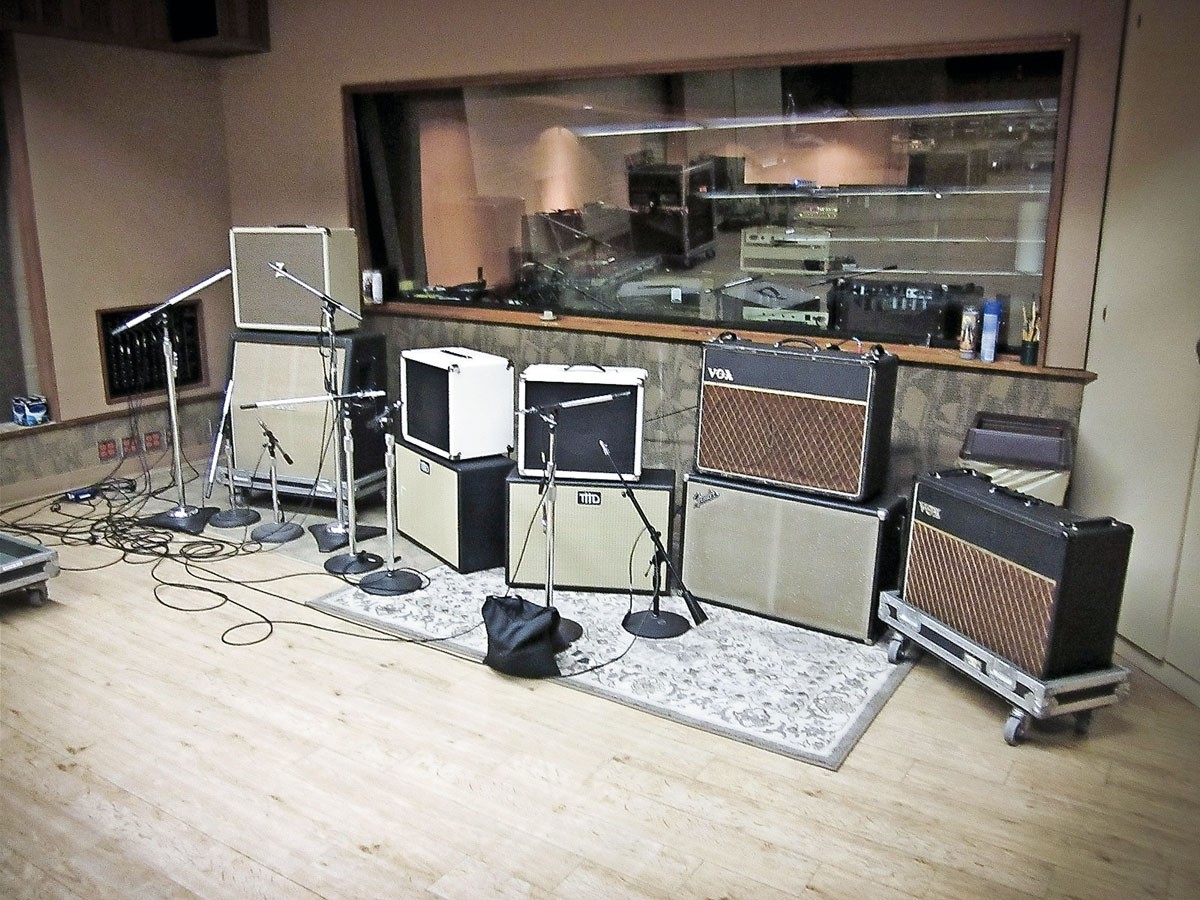
Voicing the chords
Your soloing is always very listenable because it’s so melodic. How did you first develop that skill?
"When I was about 18 years old, I got a job playing and singing in a nightclub. I got the job when I was 17, but they wouldn’t let me start in a bar in California until you turn 18. And so, before getting into being a real serious improviser, especially in the world of jazz, I was a singer-songwriter kid, you know? With a Martin guitar, singing songs. So I think the vocal side probably kept me more in touch with it [melody].
"I got into Miles Davis and all those guys. Listening to that stuff, I think you get a sense of melody"
"Also, I had a real eye-opening experience. I was playing at age 18 at this little nightclub in Pasadena, California. And this guy walked in and said, ‘I like the way you play - do you want to get together and jam?’ And he was an older guy, and I said, ‘Sure’.
"So I went over to his house and we sat down with some sheet music and the first chord was Fmaj7, and I knew that chord. But the second chord was Dm7b5, which I’d never seen before.
"So I kind of went up the scale and went, okay let’s see; D, E, F, G, A... so if that’s the fifth, so a b5 is Ab, right? And so I played him a little voicing that I’d made up right on the spot, just trying to figure it out.
"But he proceeded to show me about 25 or 30 other ways to do that chord. And it was completely mind-blowing. I’d never heard of this chord before and now I’m seeing that there’s all these places on the neck to do it. So it opened my eyes to playing jazz and trying to be a real serious improviser.
"And that’s how I got into Miles Davis and all those guys. Listening to that stuff, I think you get a sense of melody. I mean, I remember transcribing entire Sonny Rollins solos and getting more out of those choruses than a whole lot of other things you practise."
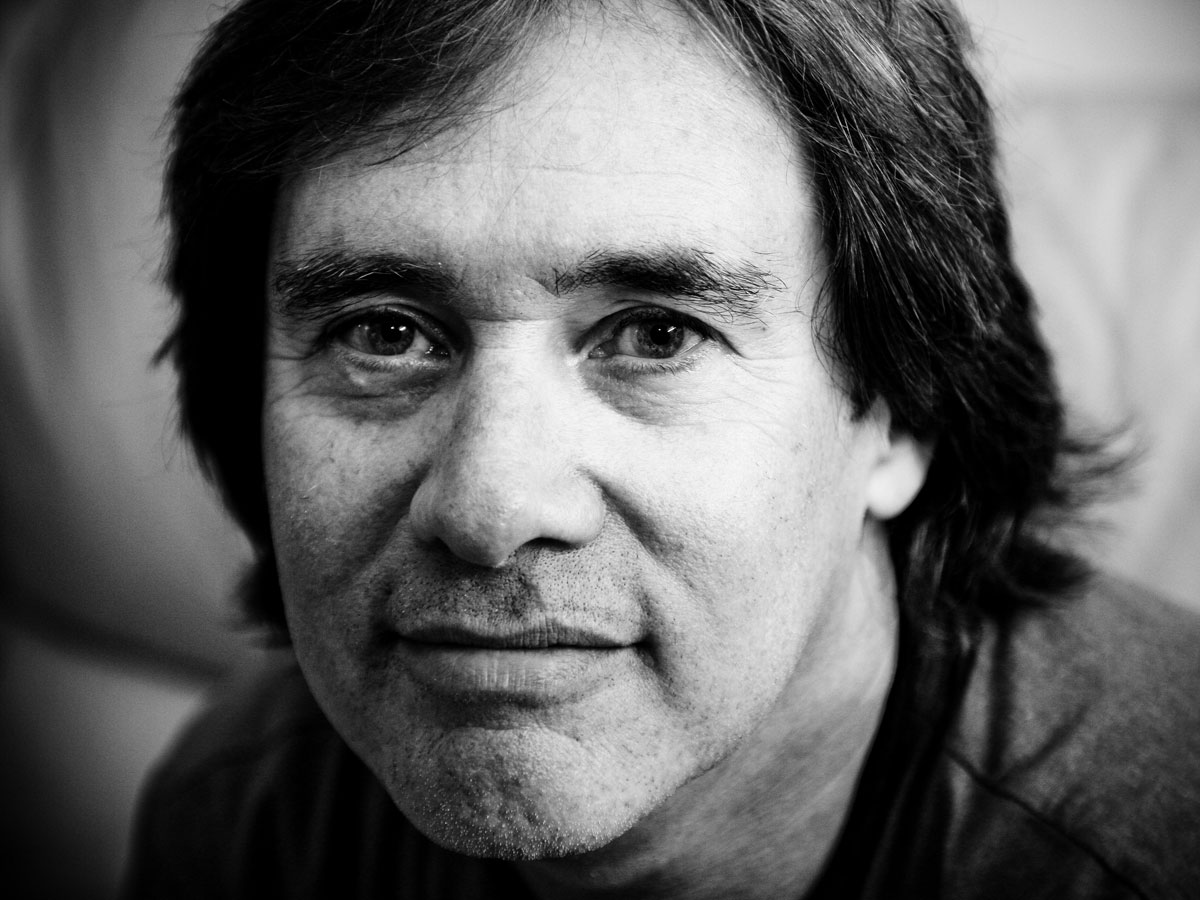
Intervention
If you had to coach a complete beginner on how to play a good solo, but you had only 60 seconds, what would you advise?
"I generally tell people to start somewhere simple and then build up from there. Start somewhere where you can really just sing every note, and where you’re not playing a lot of notes - you’re playing a simple amount of notes, maybe three or four in that bar at the most.
"Anybody can shred: going up and down a pentatonic scale, or a minor or major scale. But to choose the notes within those scales melodically involves intervals..."
"Then I always try to tell people to take the full range of the fretboard in - in other words, don’t be a top-three-strings, one- position player, but actually let’s go somewhere with the instrument, you know? It’s got a lot more range than some people give it credit for."
Which living musician influenced you most? And what lessons about playing guitar did you learn from them?
"In the 70s, I’d heard about this guy named Joe Diorio [an extraordinary US jazz guitarist - Ed], and when he moved to town I remember being a fan already, and I picked him up at the airport with another guy and took him to his gig that night and then I started studying with him. And he gave me two huge points that I still follow today.
"One of them is that intervals are much more melodic than sequential scales. And so he got me into thinking about intervals - in other words, thirds, fourths, sixths, sevenths and beyond.
"Using intervals more in your playing seems to be an approach that brings out more melody, because anybody can shred: going up and down a pentatonic scale, or a minor or major scale. But to choose the notes within those scales melodically involves intervals... So that was the number one thing he taught me.
"And then the second thing he taught me was my whole ‘lickbook’ concept. He said, ‘If you come up with any good musical idea, write it down - and that will serve you so well’. For example, I can just be playing in the air for the sheer joy of hearing the notes - say, in the key of B major - and all of a sudden I’ll just come up with something that I’ve never heard myself do, but it really sounds like me.
"And I’ll write that down - and finger it of course, so I always know how I did it and where on the neck I did it, what slides I did and what bends I did."
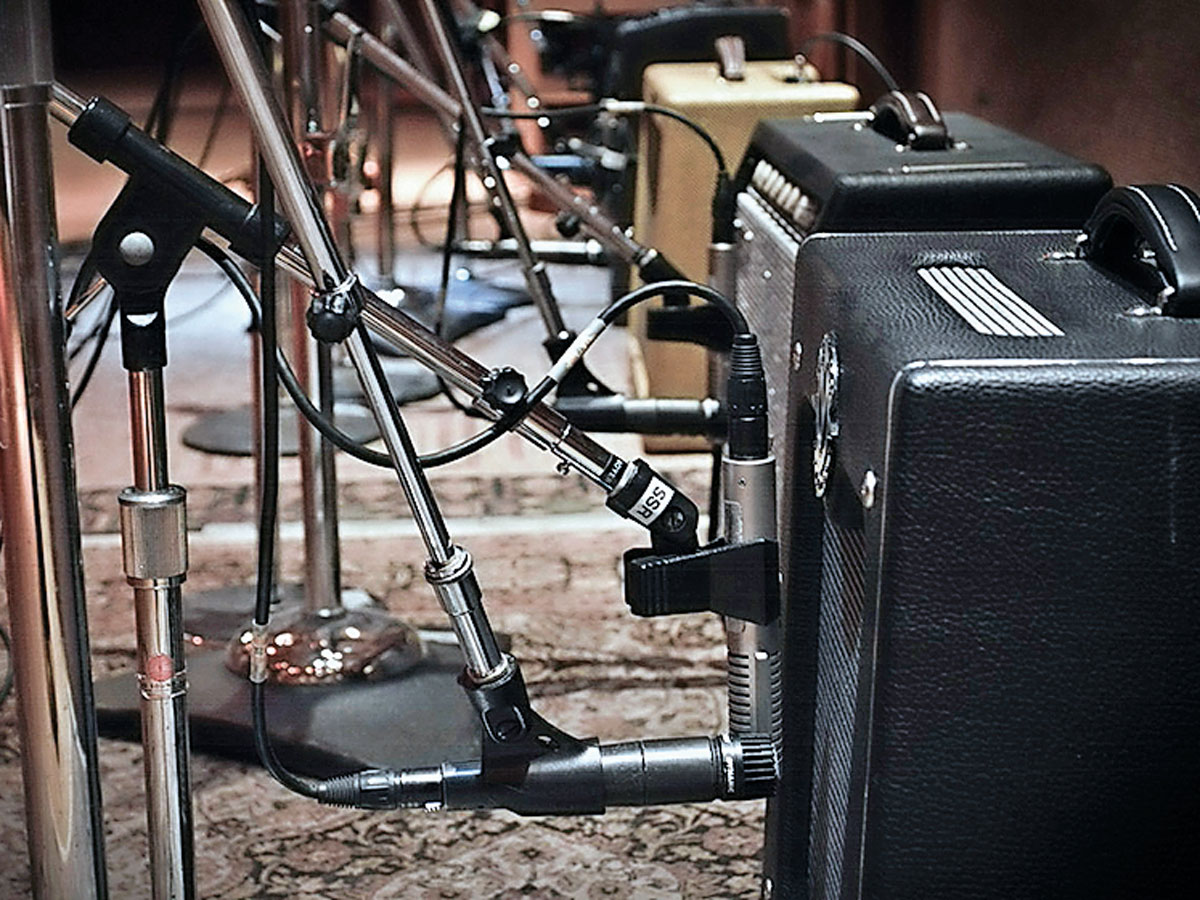
Sidelines
You’ve played a lot of big sessions - how do you analyse what kind of guitar lines a tune needs when you hear it for the first time?
"Well, as a sideman, you make your living as a rhythm guitarist - so I spent a lot of time working on rhythm guitar styles. And you have to realise as a studio guy, or any kind of a sideman, you’re basically working to facilitate the musical vision of the songwriter or the producer that you’re working for.
"There are those styles to be familiar with. And then there’s my own styles"
"So the way I kind of do it is, I think, ‘What would I do on my own album?’ And that’s my first instinct - what do I want this to sound like? I think that it’s really important to have that first natural instinct.
"But it’s also very important to have a huge bag of tricks, so you can keep ideas coming until they like it. Because, a lot of times, producers don’t know what they want until they hear it. In that case, you just have to have all these rhythm guitar styles. So, for me, there’s the Jimi Hendrix/Curtis Mayfield style, and the other R&B styles of people like Steve Cropper, the Atlantic guys and the Muscle Shoals guys.
"There are those styles to be familiar with. And then you can say, ‘Okay, maybe this song needs something more like the style that The Edge plays, or maybe an Andy Summers kind of a vibe’. And then there’s my own styles, that often involve chords where you take the middle note out: you take any triad and put the middle note up an octave - those kind of chords occur all over the guitar and you can get amazing rhythm parts based on that stuff, you know? So it’s just about maintaining a lot of stylistic options."
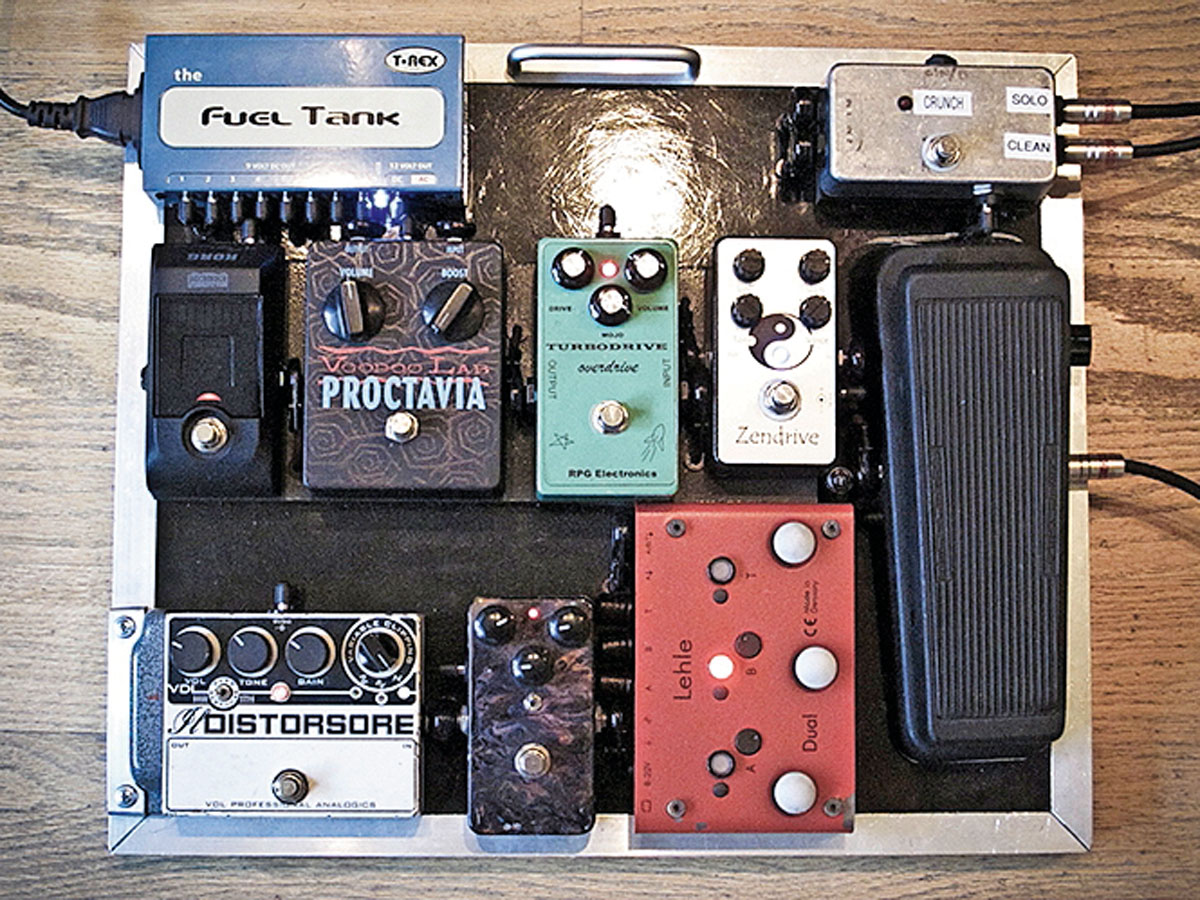
Improvisation
A lot of guitarists want to improvise better, but get cold feet at the thought of learning theory. What is the practical benefit of working on theory, to you?
"One of the things that I learned at Berklee College of Music was that my teacher said ‘harmonise the major scale’. And so we did - we took the C major scale and made a Cmaj7 chord, then a Dm7, Em7, right up the neck - and then at the end of that class he said, 'Okay, get yourself a piece of 12-stave music paper and harmonise the major scale in all 12 keys.'
"You should instantly know that the II chord in Eb is an Fm in or and a VII in A is gonna be a G#m7b5. If you do, then you can play any song in any key"
"And I raised my hand like a smart-ass and said, ‘Why do we have to? I mean the II chord is always going to be minor and the III chord is always going to be minor and the IV chord is always going to be major... you know?’ And he goes, ‘Okay, what’s the VI chord in Bb?’ And I had to think about it and go, ‘Let’s see... is it a G minor?’ And he goes, ‘Yeah, but you should know that instantly’.
"In other words, you should instantly know that the II chord in Eb is an Fm in or and a VII in A is gonna be a G#m7b5. If you do, then you can play any song in any key and just have that knowledge instantly available. And that has been really important in my career as a sideman."
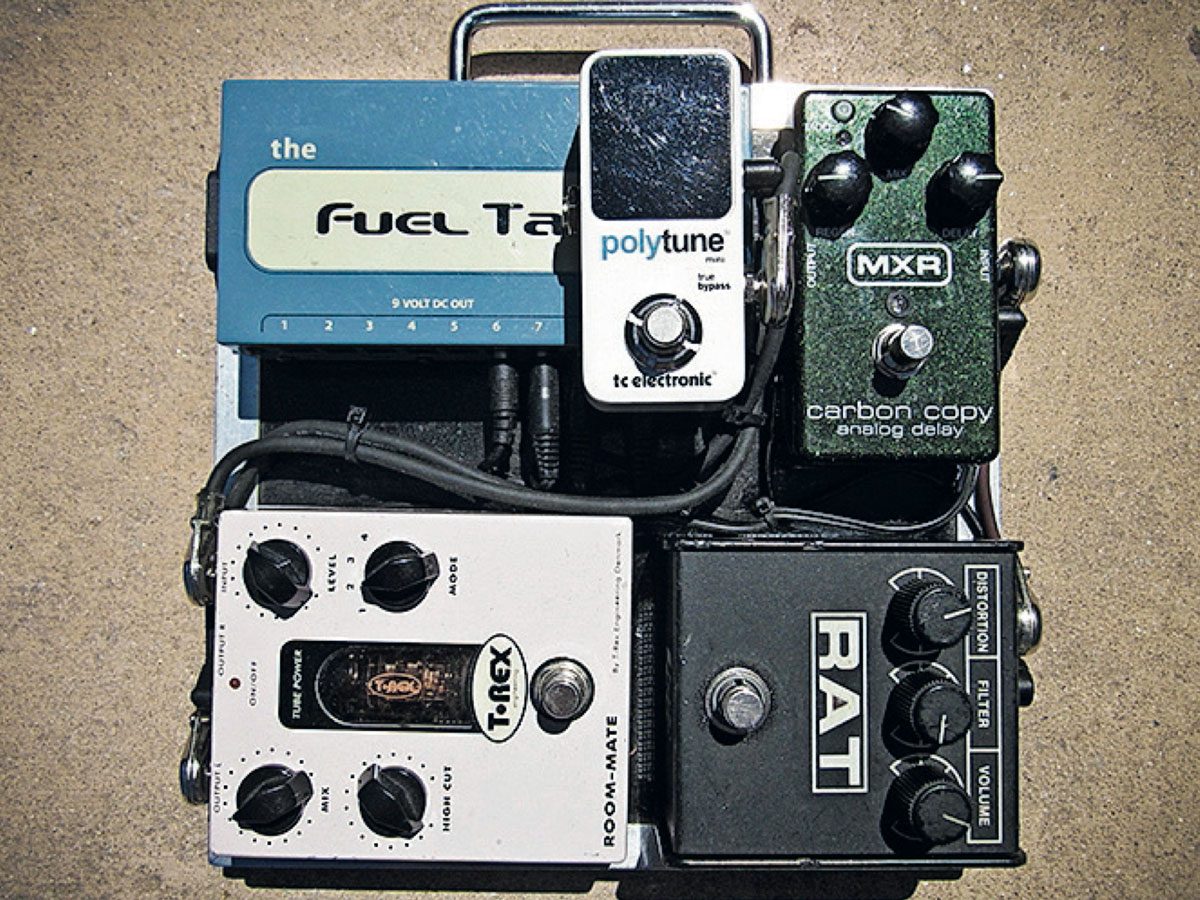
Shut the rut
How about breaking out of ruts - we’ve all been there, you hit a wall and can’t seem to find anything new in your own playing. What then?
"When players ask about how to break out of a rut, I always tell them to play a C major pentatonic scale from the lowest note in the key of C major on the guitar, which is gonna be E, to the highest note, which is gonna be a C on a Fender or a D on a Gibson, on the neck.
"Go with five notes: C, D, E, G, A, from the bottom of the guitar to the top of the guitar and then all the way back down. Do it differently each time"
"So just go with just those five notes: C, D, E, G, A, from the bottom of the guitar to the top of the guitar and then all the way back down. And then do that in all 12 keys. But don’t learn a pattern - instead, go up and down differently each time.
"And once you’ve mastered that it becomes this wonderful mental exercise to run through when you pick up the instrument. You’re not working on your chops, you’re just placing everything where it’s supposed to be. And then once you’ve done that, you can do it with the entire major scale and it’s great."
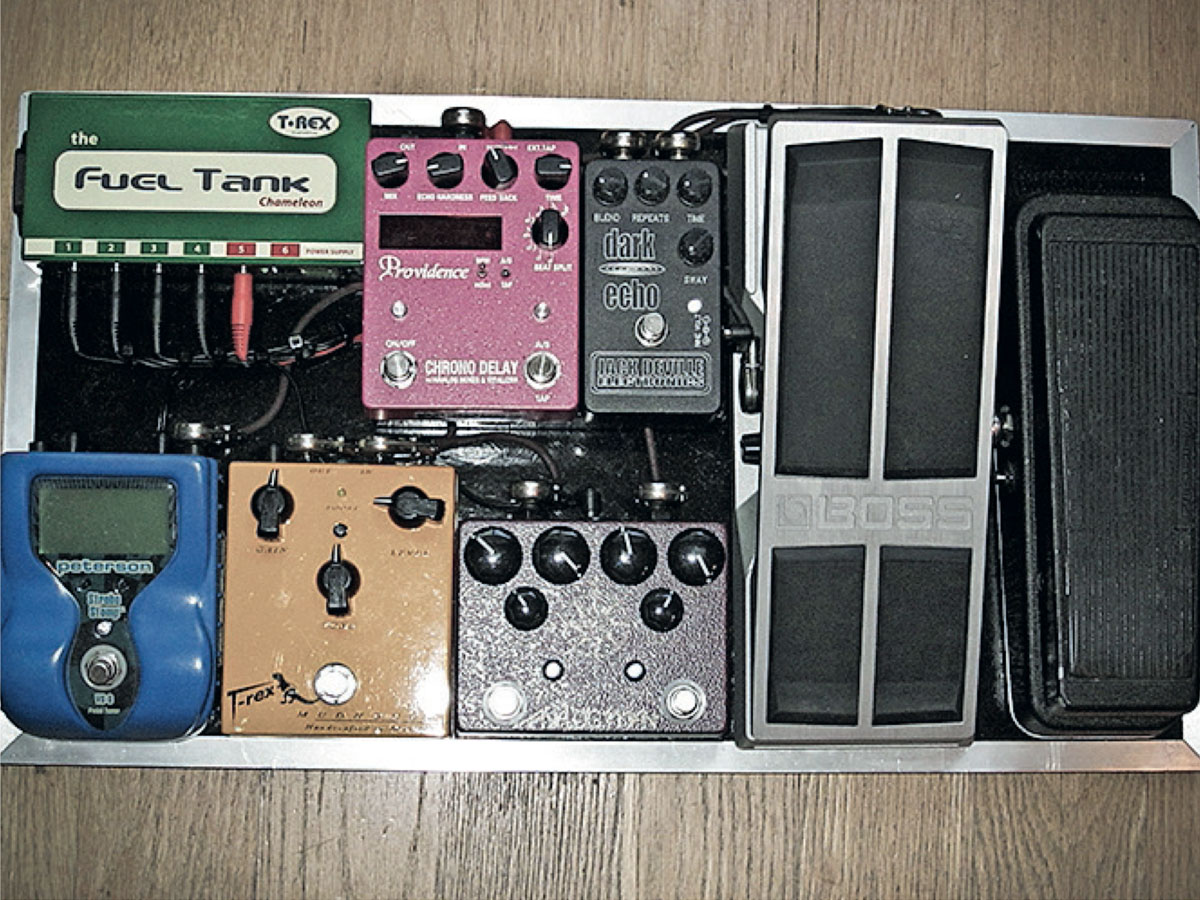
Tone zone
What about tone? What things are you picky about?
"I like my pickups to not be too powerful. I’ve got about 13 or 14 Strats, and the old ones seem to have something... My signature guitar is made by a company called LSL, and those guys try to copy the pickups from the ’61 Strat or the ’58 Strat and get that same amount of output, because a whole lot of output doesn’t really give you great tone. And then I like light guitars - I try to keep my guitars in that 7.3lb range, so they’re not just heavy. I find that they resonate more, you know? And have just better tone.
"You gotta have enough action to where you can dig in. You don’t want it down on the neck so hard that it’s just gonna ping out everywhere"
"The other thing is that I don’t think string gauge has as much to do with tone as action height. You can have... 0.009- through-0.046 is kind of what I use, roughly, and you can get the same tone as a guy that’s using 11s or something like that. But if you’re playing a guitar all day long like I do, you’re really pushing those strings around and 0.011s are going to tear the skin off your fingers!
"I mean, you gotta have enough action to where you can dig in. You don’t want it down on the neck so hard that it’s just gonna ping out everywhere. So by just dealing with a higher action, you’ve got much more ease of bending and I think you have the same tone, really."
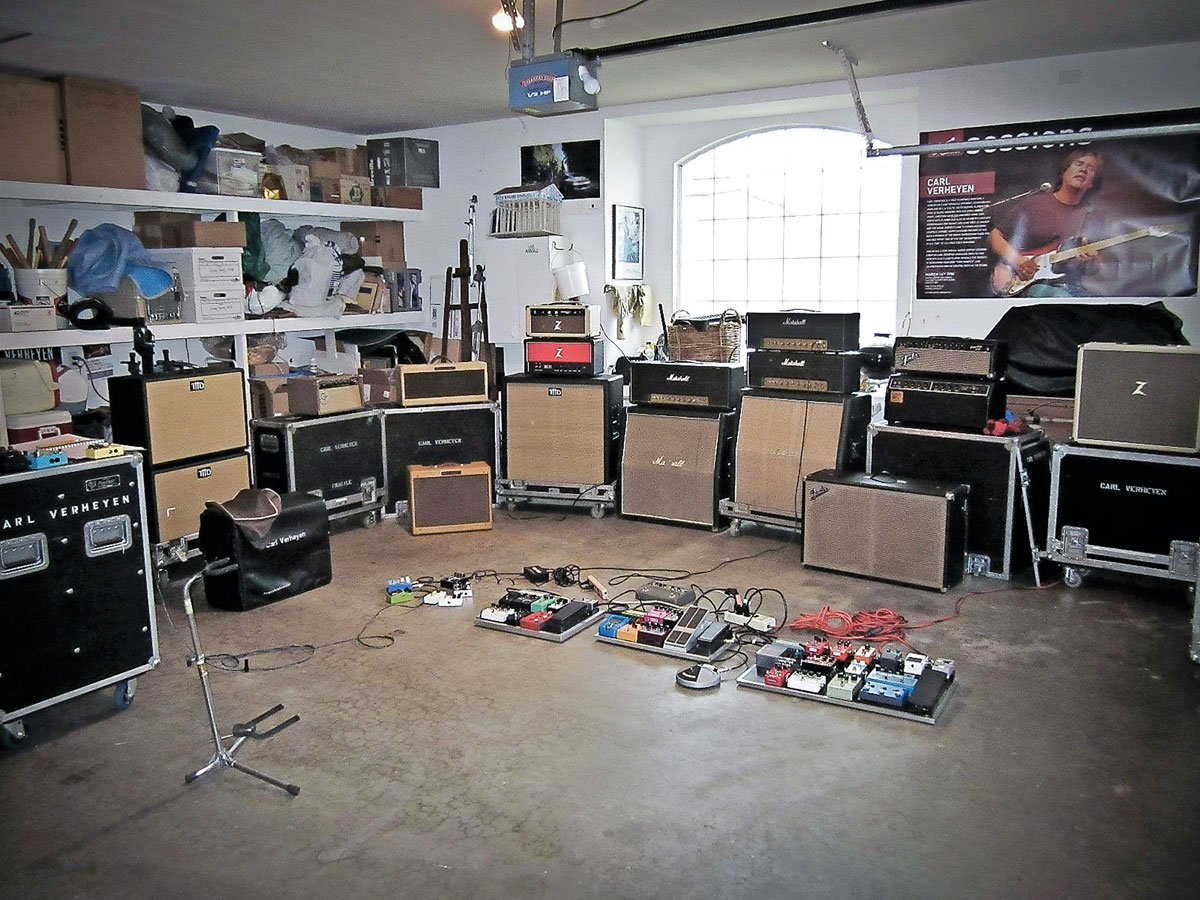
Amp it up
How about amps and effects?
"I’m a big pedal guy because I basically love the clean sound of a Strat, you know the way it cuts through a track and the way it works in a band situation? But I love the distortion sound of humbuckers, right? So I believe if you’re playing single-coil guitars, you have to jump through a lot more hoops to make your tone fat and saturated. Whereas with a humbucker-equipped guitar, you can plug straight into an amp, turn it up and you get that sound, right?
"I play out of Princeton Reverbs at home - I have four of those, and I keep two in a little studio. And lately I’ve been using a Gibson Falcon at home a lot, too"
"So, I use distortion pedals and I use an A/B system in my live playing, which means my clean amps have their own signal chain of delay and maybe chorus and reverb. And then my distortion amps are already slightly distorted, and then I use pedals in front of that. It’s crazy - at this point in my life I seem to have at least 50 guitar amps! They’ve multiplied [laughs].
"I play out of Princeton Reverbs at home - I have four of those, and I keep two in a little studio. And lately I’ve been using a Gibson Falcon at home a lot, too - it’s a 60s-era amp. It sounds great. But I have a bunch of old Marshalls and I love Dr Z’s amps: I have three of those. I also have three old AC30s, and I recently picked up a 1976 Hiwatt that I’m really crazy about - a 100-watt Hiwatt head. Which, believe it or not, is fantastic for clean tones - just beautiful.
"I want to get another one so I can run a stereo pair of those, so I’m actively looking for another 100-watt Hiwatt. And I have about nine Fender amps: Twins, Tremoluxes, all kinds of different Fenders."
What aspect of playing guitar gives you the most pleasure these days?
"I think the greatest pleasure for me has to be performing. I really love to get up on stage and play, and that’s been super-rewarding. We just finished two months on the road - with Stu Hamm on bass and a wonderful drummer named John Mader. It was just a wonderful experience to be driven around in the tourbus every day with your only worry being, ‘How can I make tonight better than last night?’ That’s just a real privilege, I think."
Mustang Run by Carl Verheyen is out now on Cranktone Entertainment
Jamie Dickson is Editor-in-Chief of Guitarist magazine, Britain's best-selling and longest-running monthly for guitar players. He started his career at the Daily Telegraph in London, where his first assignment was interviewing blue-eyed soul legend Robert Palmer, going on to become a full-time author on music, writing for benchmark references such as 1001 Albums You Must Hear Before You Die and Dorling Kindersley's How To Play Guitar Step By Step. He joined Guitarist in 2011 and since then it has been his privilege to interview everyone from B.B. King to St. Vincent for Guitarist's readers, while sharing insights into scores of historic guitars, from Rory Gallagher's '61 Strat to the first Martin D-28 ever made.


